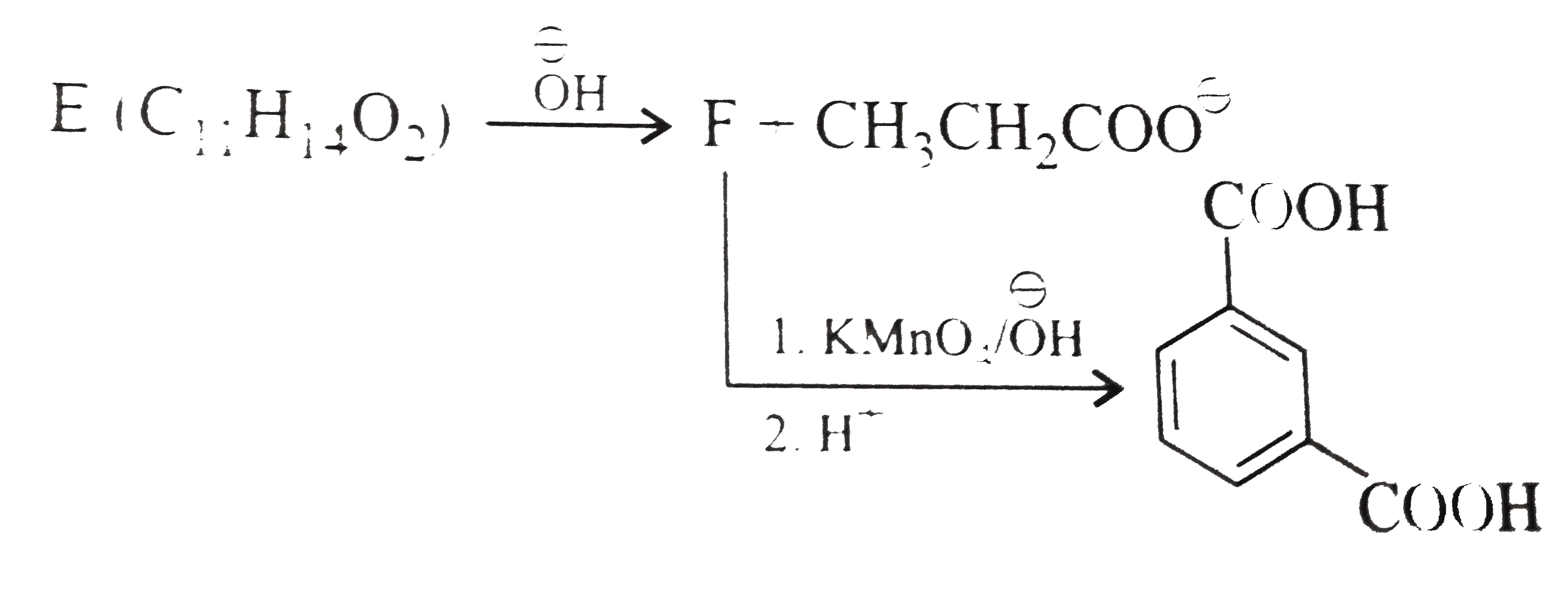Write down the structure of the stereoisomers formed when cis-2-butene is treated with bromine.
To determine the stereoisomers formed when cis-2-butene is treated with bromine, we can follow these steps:
Step 1: Identify the structure of cis-2-butene
Cis-2-butene has the following structure:
HH C=CCH3CH3
In this structure, the two methyl (CH3) groups are on the same side of the double bond.
Step 2: Understand the reaction with bromine
When cis-2-butene reacts with bromine (Br2), the reaction proceeds via an anti-addition mechanism. This means that the bromine atoms will add to opposite sides of the double bond.
Step 3: Draw the bromonium ion intermediate
When bromine approaches the double bond, it forms a cyclic bromonium ion intermediate. This intermediate is crucial for the anti-addition:
HH C/CH3BrBr
Step 4: Determine the products
From the bromonium ion, the bromide ion (Br-) can attack from the opposite side of the bromonium ion, leading to two possible stereoisomers.
Step 5: Draw the stereoisomers
1. First stereoisomer (R,R configuration):
BrH ∣C−−CCH3Br
2. Second stereoisomer (S,S configuration):
HBr ∣C−−CCH3Br
Step 6: Identify the mixture
Since both stereoisomers are formed in equal amounts, this results in a racemic mixture of 2,3-dibromobutane.
Final Structures
The two stereoisomers formed are:
1. (2R,3R)-2,3-dibromobutane
2. (2S,3S)-2,3-dibromobutane
Cis-2-butene has the following structure:
HH C=CCH3CH3
In this structure, the two methyl (CH3) groups are on the same side of the double bond.
When cis-2-butene reacts with bromine (Br2), the reaction proceeds via an anti-addition mechanism. This means that the bromine atoms will add to opposite sides of the double bond.
When bromine approaches the double bond, it forms a cyclic bromonium ion intermediate. This intermediate is crucial for the anti-addition:
HH C/CH3BrBr
From the bromonium ion, the bromide ion (Br-) can attack from the opposite side of the bromonium ion, leading to two possible stereoisomers.
1. First stereoisomer (R,R configuration):
BrH ∣C−−CCH3Br
HBr ∣C−−CCH3Br
Since both stereoisomers are formed in equal amounts, this results in a racemic mixture of 2,3-dibromobutane.
The two stereoisomers formed are:
1. (2R,3R)-2,3-dibromobutane
2. (2S,3S)-2,3-dibromobutane
Topper's Solved these Questions
- ORGANIC REACTION MECHANISMBOOK - CENGAGE CHEMISTRY ENGLISHCHAPTER - ORGANIC REACTION MECHANISMEXERCISE - True/False
2 Videos
- NCERT BASED EXERCISEBOOK - CENGAGE CHEMISTRY ENGLISHCHAPTER - NCERT BASED EXERCISEEXERCISE - Chemical Equilibrium
73 Videos
- P-BLOCK GROUP 13 - BORON FAMILYBOOK - CENGAGE CHEMISTRY ENGLISHCHAPTER - P-BLOCK GROUP 13 - BORON FAMILYEXERCISE - Exercise Archives (Subjecive)
9 Videos
Similar Questions
Knowledge Check
The compound formed when 2-butene is treated with hot alkaline KMnO4 is :
AacetaldehydeBacetic acidCCH2OH⋅CH2OHDCH3⋅CH2⋅CO⋅CH3
Write down the structures and names of the products obtained when D-glucose is treated with
(i) acetic anhydride
(ii) hydrocyanic acid
(iii) bromine
(iv) conc. HNO3 and
(v) HI.
View SolutionWrite down the structures of the (E) and (F).
 .
.
View SolutionWrite the structure of the foul-smelling compound obtained when aniline is treated with chloroform in the presence of KOH.
View SolutionWrite down the bond line structure of the following:
Cis-(or Z-) 2-butene
View SolutionWrite down the bond line structure of the following:
Cis-(or Z-) 2-butene
View SolutionWrite down the bond line structure of the following:
2-methyl-1-butene
View SolutionWrite down structure of the following compounds:
3-methyl-2-butanone
View Solution

_E01_772_Q01.png)